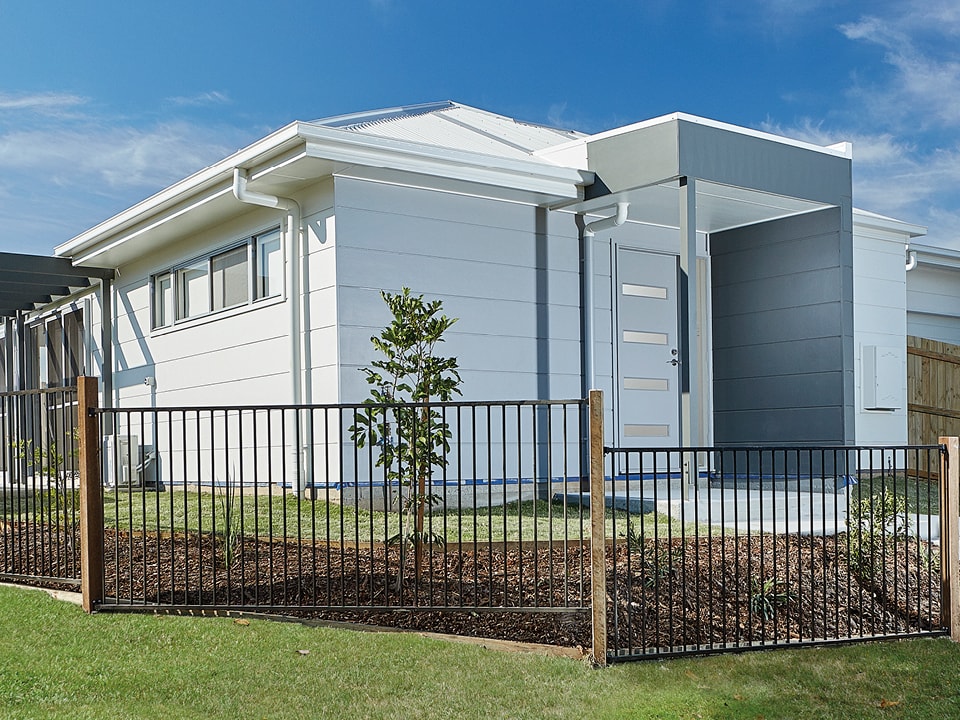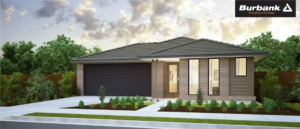6 Tips For Building a New Home
January 8, 2020

Building a new home is often a huge undertaking, with plenty of different parts to monitor throughout the process. But the payoff is equally huge: a brand-new property designed with everything you ever wanted in your dream home.
So if you’re ready to take the plunge into home ownership, here are six tips for building a new home that you need to know.
1. Pick The Best Possible Team
Building a new home can be a long process, and with any major project – especially one where you’ve invested hundreds of thousands of dollars – you want to know you’ve partnered with people you can count on.
You’ll want to ensure the builders, contractors, architects or designers you choose are all on the same page. A team that works well together gets the job done right – but make a bad decision and it could be headache after headache during construction.
One of the biggest benefits of buying in a new master-planned community like Bloomdale is that the developer offers house and land packages. At Bloomdale you’ll find a 20-home display village showing off the work of 12 local and national builders. Being able to walk through a display site like this means you can see the quality of the finished product in person, helping you make a decision about which builder to go with.
2. Plan Your Home Meticulously
“The person who fails to plan, plans to fail” or so the saying goes. It certainly holds true when building a new home. The right plan means understanding your floorplan, knowing which direction the property will face in the lot, how the layout and flow of the home will function, as well as all the small details like how many electricity points need to be installed. But this can be a lot of hard work!
The great news about buying in a master-planned community is that most of this hard work will already be taken care of. Since you’ll likely use a volume builder, all the floorplans and design specifications will be provided for you, with the option to make modifications after speaking to your builder. What’s more, you’ll know that whoever you choose will be a reputable builder, with many years of experience and first-hand knowledge of working on the development.
3. Create a Budget ‘Buffer’
Whether you are building on land in an established suburb or preparing for your new house and land package, it’s recommended that you budget more than you expect to pay. This is because depending on your builder and contract, there are a number of elements like window coverings and utility metres that may not be included in the cost estimate.
Additionally, ‘finishings’ are usually not accounted for in the original cost, so you’ll have to set aside enough for fences and gates, driveways, landscaping, decking and a letterbox.
A budget buffer is also handy in case you decide to make any last-minute changes to your home. If fittings or materials don’t look as good in real life as they did in the preview images, then you will likely need to pay an additional amount to change them.
4. Read The Fine Print
So that you’re not taken by surprise after construction has already begun, it’s essential that you read through your contract in its entirety. Preferably do this with the builder so you can ask any questions and find out what parts of the construction aren’t covered in the initial costs.
Also ensure there is a reasonable cooling-off period that includes a timeline for the construction phases. Finally, get a legal expert to look over the contract before you sign on the dotted line. Someone experienced in building and construction law will be able to spot any warning signs you might have missed.
5. Get Your Finances in Order
A construction home loan is typical for buyers who are building a new home. It’s different to a regular home loan in that you ‘draw down’ the loan to make payments at the end of each phase of construction. The lender will look over the paperwork and decide how much you need for the project.
Before settling on your dream home, make sure you understand the deposit you’ll need to take out the loan. Because construction home loans are often seen as riskier by lenders, they may require that you already have 20% of the deposit ready.
No matter which financial path you take, it’s recommended that you create a detailed plan, read the fine print of your contract and stick to your budget as best as possible.
6. Keep The Lines of Communication Open (and Active!)
It might feel awkward at first, but it’s your right as the home owner to ask questions and get answers. Make sure you get regular updates on the home’s progress, whether that’s speaking directly to the builders and tradespeople, or liaising through your developer.
Healthy and regular discussions will reduce the chance of any miscommunication or, worse, disagreements. Because when you’ve clearly outlined exactly what you want and clarified the non-negotiables, the whole process will run much more smoothly.
For the best of country charm, comfort and contemporary living, as well as the Melbourne CBD just a 30-minute drive away, Bloomdale is the place to be. With a wide choice of block sizes to suit your needs and established facilities at Diggers Rest, you’ll enjoy the convenience of connection from the first moment you enter the community.
Enquire today to find out about house and land packages at Bloomdale.



